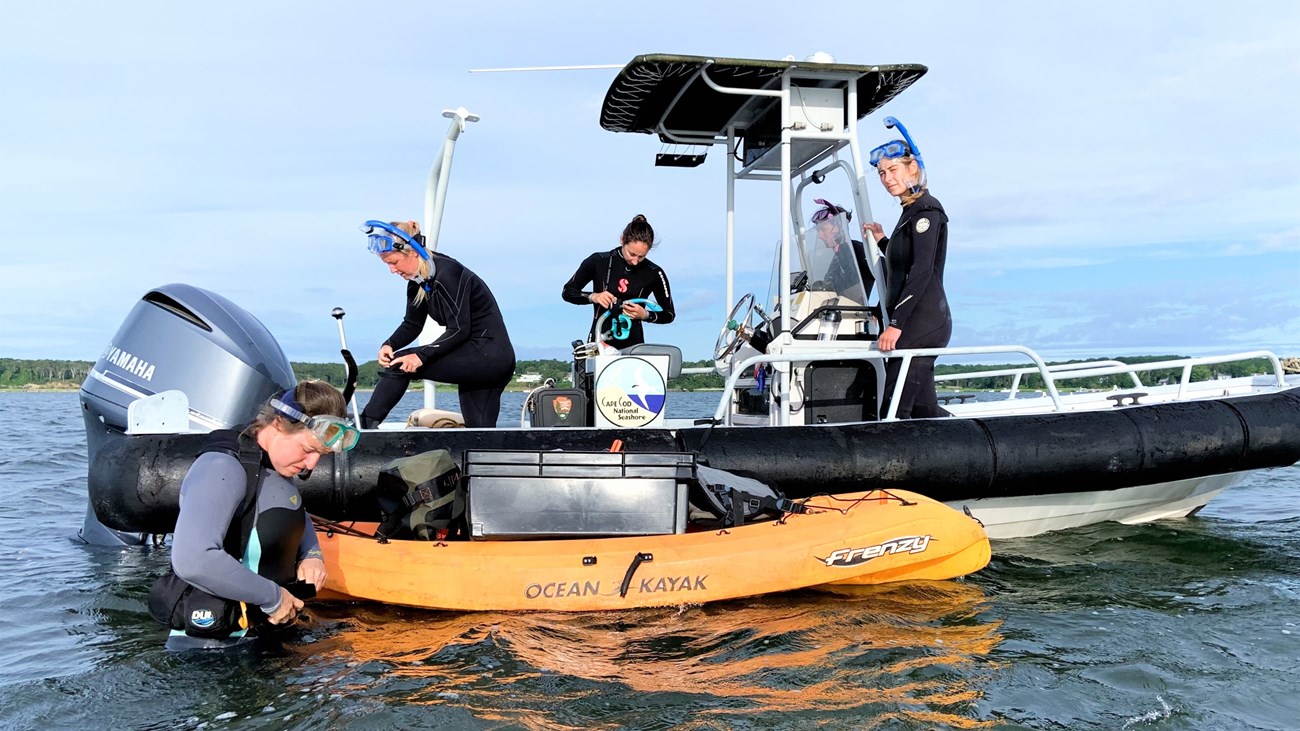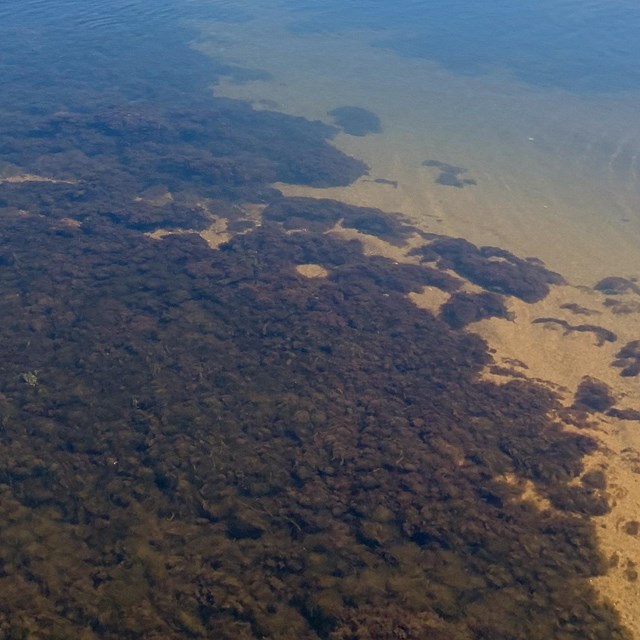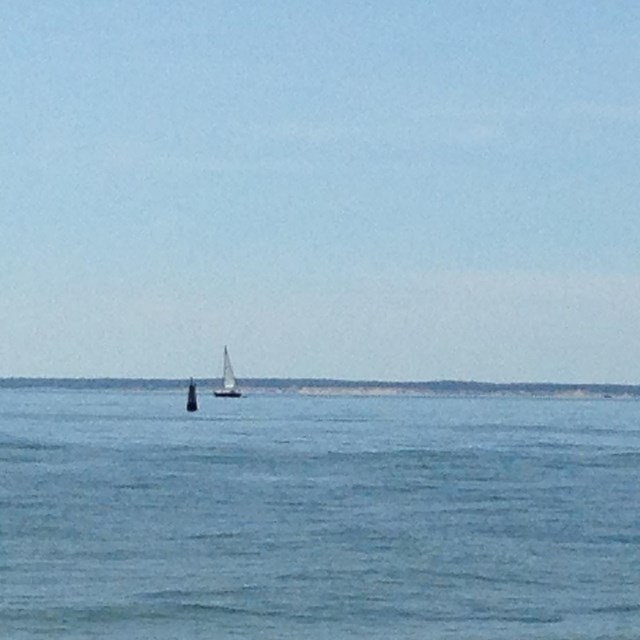
Colleen Keenan / NPS Photo
A habitat at the intersection of river and sea, an estuary is a unique blend of freshwater that drains from land and saltwater from the sea. Along the coastal northeast, this brackish union brings with it not only a particular salinity, but also a host of plants and animals that form delicate yet resilient ecosystems. Because estuaries are of both land and sea, they are valuable feeding grounds for birds, breeding grounds for marine wildlife, and key stops on migratory routes. Their ability to break down pollutants, sediments, and nutrients also make them crucial water filters. Many estuaries, however, are impacted by human activity.
With over half of our nation’s population living within 100 miles of a coast, polluted runoff from urbanization and agriculture carry harmful amounts of chemicals into estuaries. Notably, excessive nitrogen and phosphorous cause algae blooms, depriving marine wildlife of oxygen. The construction of dams has also disrupted the flow of freshwater going out to sea.
Here at the Northeast Coastal and Barrier Network, we monitor two estuarine vital signs: seagrass and water quality. Learn more about our research below.
Vital Signs
-
 EstuariesSeagrass
EstuariesSeagrassSeagrass aren't related to land grass, but they are key indicators of estuarine health
-
 EstuariesEstuarine Water Quality
EstuariesEstuarine Water QualityNutrient enrichment along coastal shores is a worldwide consequence of human population growth.
Last updated: June 25, 2024
